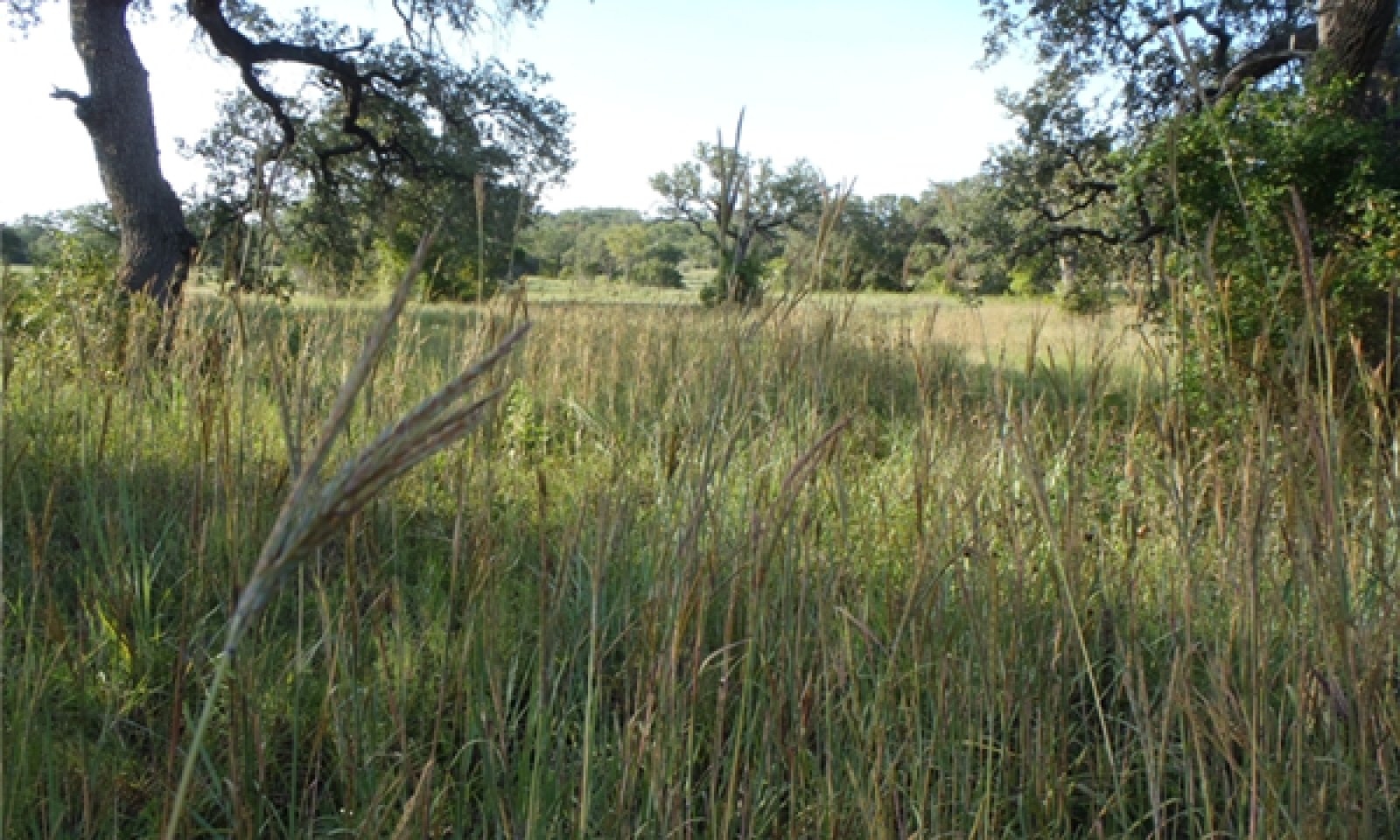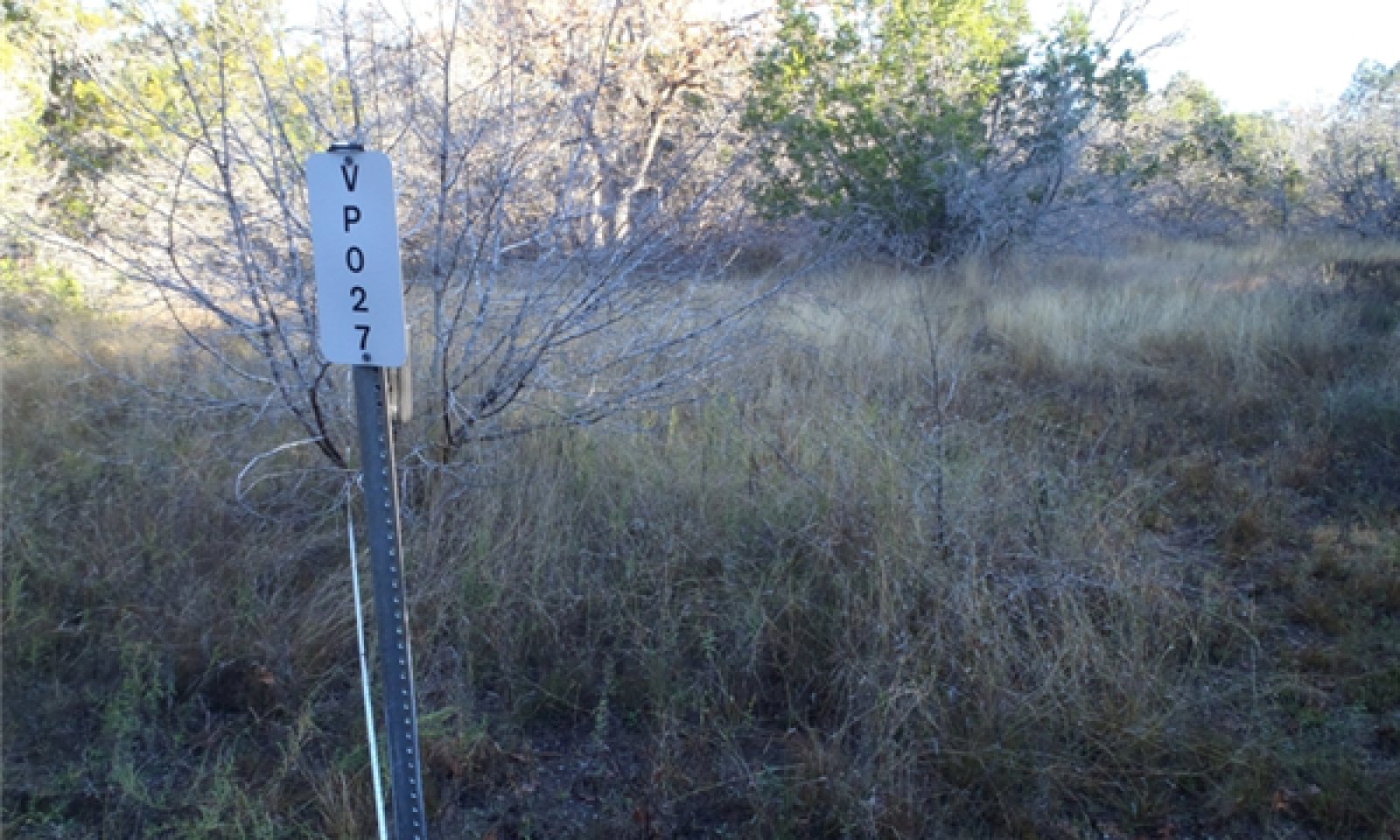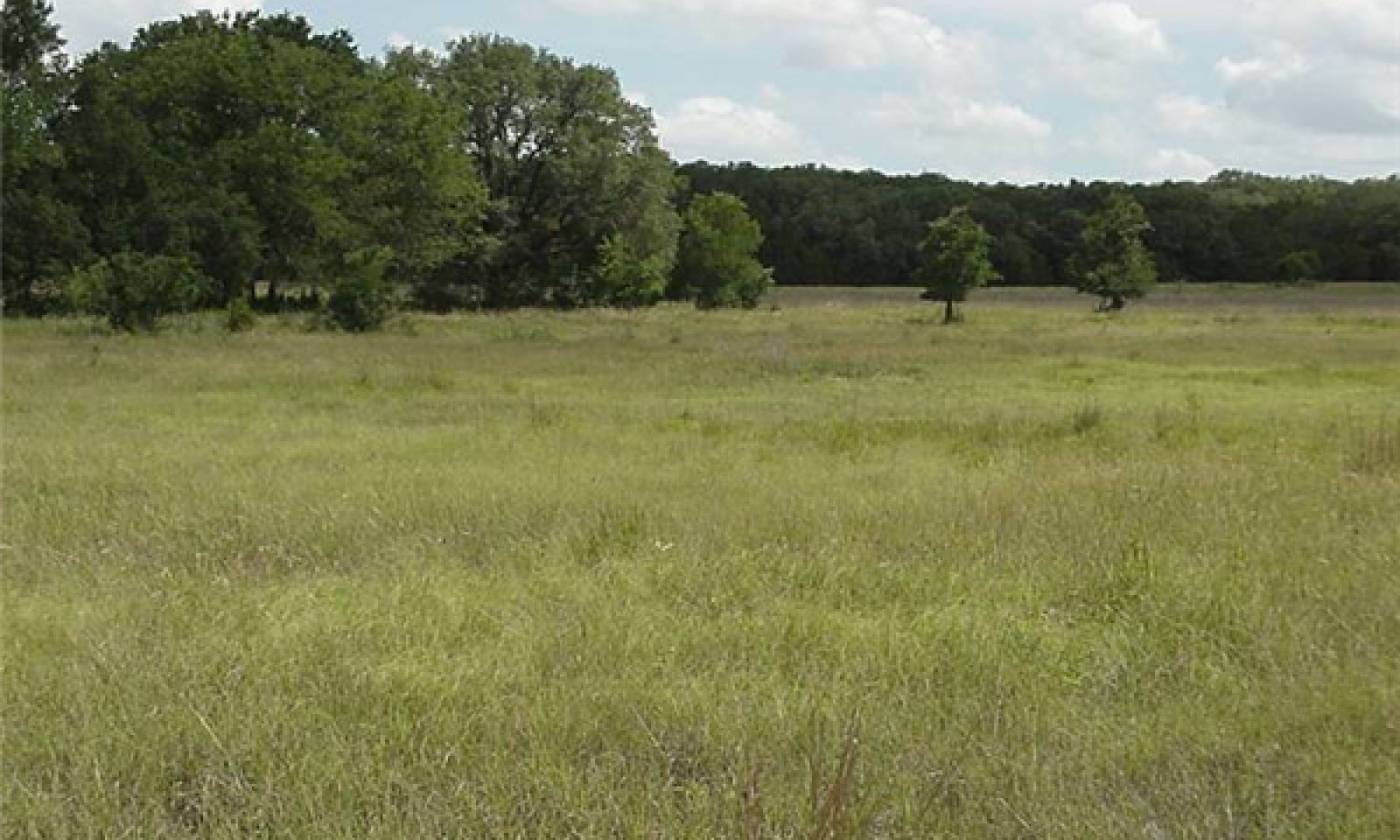
Deep Redland 29-35 PZ
Scenario model
Current ecosystem state
Select a state
Management practices/drivers
Select a transition or restoration pathway
-
Transition T1A
Absence of disturbance and natural regeneration overtime
More details -
Transition T1B
Removal of woody species, extensive soil disturbance, followed by seeding
More details -
Restoration pathway R2A
Reintroduction of natural disturbance regimes
More details -
Transition T2A
Removal of woody species, extensive soil disturbance, followed by seeding
More details -
No transition or restoration pathway between the selected states has been described
Target ecosystem state
Select a state
State 1
Reference




Description
The reference state is considered to be representative of the natural range of variability under pre-Euro settlement conditions. It is characterized by a savannah composed of tallgrasses and scattered post oaks. Community phase changes are primarily driven by wildfire, grazing, and climatic fluctuations.
Submodel
State 2
Encroached



Description
This state is characterized by increased density and cover of juniper. Ecological processes and site resources are being controlled by juniper and other woody plants. Sunlight energy is captured in juniper and woody component of the community. Interception of rainfall in the foliage of the juniper reduces infiltration and soil moisture storage . As much as 20 percent of the annual rainfall is entrapped (Thurow, 1994).
Submodel
State 3
Open Grassland State



Description
This state is characterized by extensive soil disturbance, followed by reseeding with native or exotic species or a combination. Species diversity and site resilience has been reduced. Depending on previous land use soil structure may be deteriorated, many soil organisms are missing and the site is at-risk of soil erosion.
Submodel
Mechanism
A transition occurs because of a lack of brush management with mechanical means, with fire or with targeted goat/possibly sheep grazing. Grazing deferment alone will not halt the increase of woody species.
Mechanism
Land clearing of the woody species and replanting with grasses represent this transition. Recovery to the Oak Savannah State is very doubtful, especially if exotic plants are utilized. Even though the plants are exotic, many times their hydrologic function is similar to the original native plants excepting the oak species.
Mechanism
The restoration pathway includes some form of brush management. Prescribed burning will also help and prescribed grazing will be essential. In some cases of severe long-term overharvesting of the desired plants, replanting may be necessary.
Mechanism
Land clearing of the woody species and replanting with grasses represent this transition. Recovery to the Oak Savannah State is very doubtful, especially if exotic plants are utilized. Even though the plants are exotic, many times their hydrologic function is similar to the original native plants excepting the oak species.
Model keys
Briefcase
Add ecological sites and Major Land Resource Areas to your briefcase by clicking on the briefcase (![]() ) icon wherever it occurs. Drag and drop items to reorder. Cookies are used to store briefcase items between browsing sessions. Because of this, the number of items that can be added to your briefcase is limited, and briefcase items added on one device and browser cannot be accessed from another device or browser. Users who do not wish to place cookies on their devices should not use the briefcase tool. Briefcase cookies serve no other purpose than described here and are deleted whenever browsing history is cleared.
) icon wherever it occurs. Drag and drop items to reorder. Cookies are used to store briefcase items between browsing sessions. Because of this, the number of items that can be added to your briefcase is limited, and briefcase items added on one device and browser cannot be accessed from another device or browser. Users who do not wish to place cookies on their devices should not use the briefcase tool. Briefcase cookies serve no other purpose than described here and are deleted whenever browsing history is cleared.
Ecological sites
Major Land Resource Areas
The Ecosystem Dynamics Interpretive Tool is an information system framework developed by the USDA-ARS Jornada Experimental Range, USDA Natural Resources Conservation Service, and New Mexico State University.


